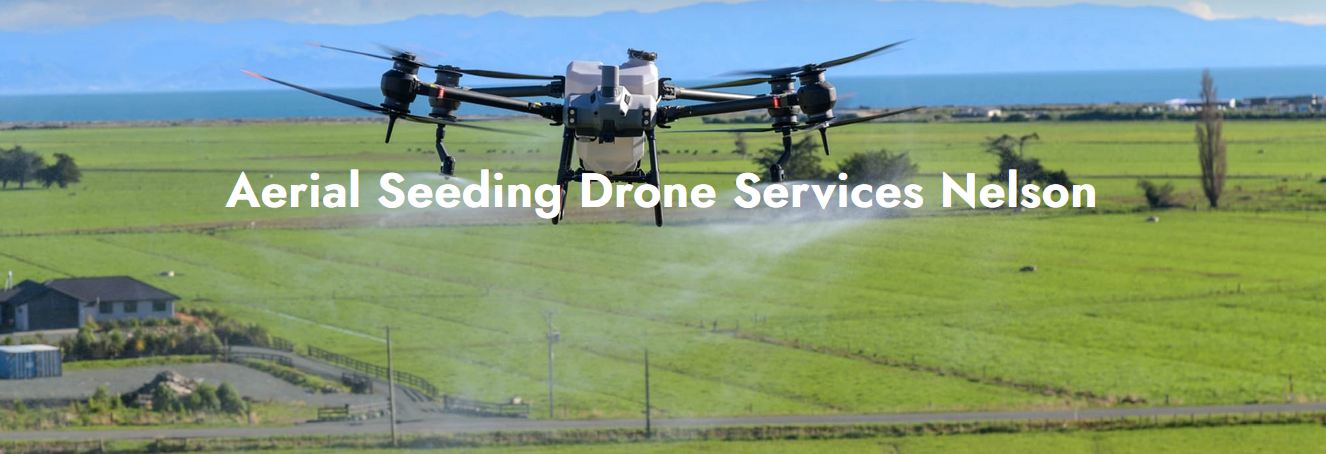Agriculture in New Zealand is experiencing rapid changes, with technology playing a crucial role in this transformation. One of the most significant technological developments that is changing the dynamics of land management among farmers is Aerial Seeding Drone Services. Drone seeding makes it convenient to access areas with rugged terrain that would have otherwise stood as an economic deterrent to farmers, thereby marking it as a modern farming option.
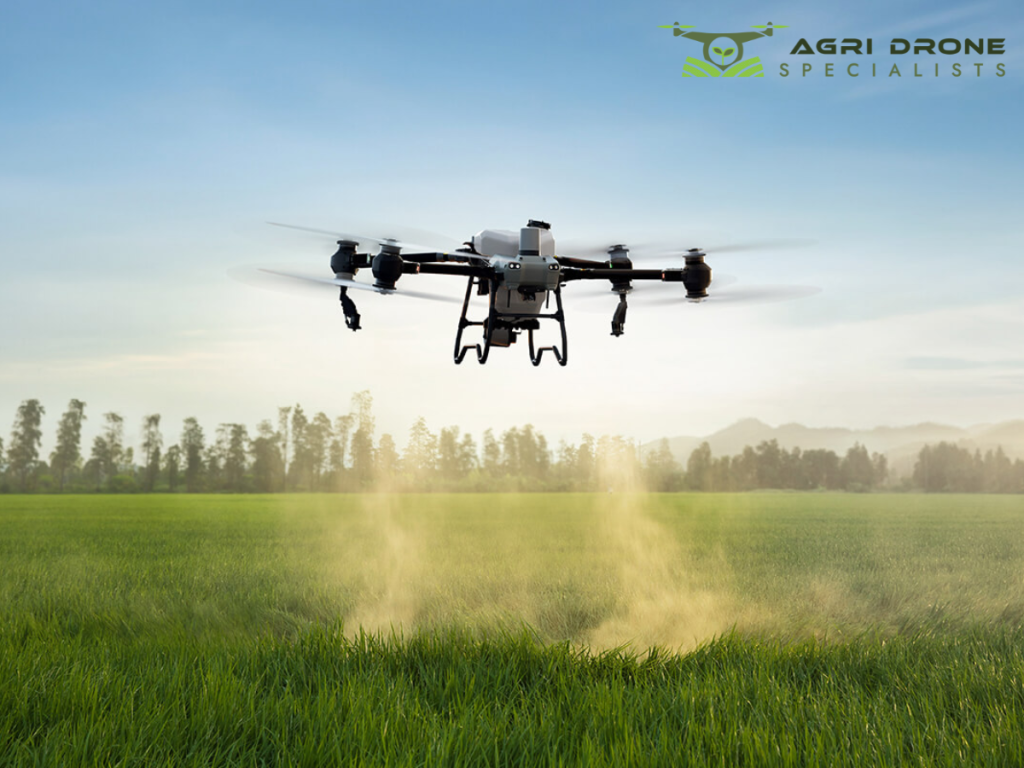
What Challenges do Conventional Strategies Pose?
Standard methods of seeding and spraying require heavy machinery, large teams, and sometimes favourable ground conditions. Such methods, therefore, cannot work or face difficulties when operating in rugged landscapes or steep hills, or areas vulnerable to soil compaction. It is the inconvenience caused by such manual labour or machinery that is helping many farmers act smart and opt for advanced options. The environmental aspect must be taken into account; the utilization of large machinery typically results in excessive fuel consumption and emissions, whereas drones represent a more environmentally friendly and sustainable alternative.
How Do Drones Save Time and Resources?
Q: Why should the farmer consider drones for seeding?
A: Drones have specificity. With flight paths guided by GPS, seeds are spread evenly, ensuring minimal wastage and better crop establishment. Unlike tractors or helicopters, drones can reach inaccessible sites, thereby reducing the time required to cover vast plots.
Q: Do drones reduce labour costs?
A: Of course. A drone service can eliminate the need for several workers and heavy equipment, ensuring no labour requirements and improving efficiency.
Q: Can drones function in all sorts of weather?
A: Despite drones’ efficiency, they operate best in stable weather conditions. Nonetheless, professional operators plan their schedules to optimize working in favourable conditions.
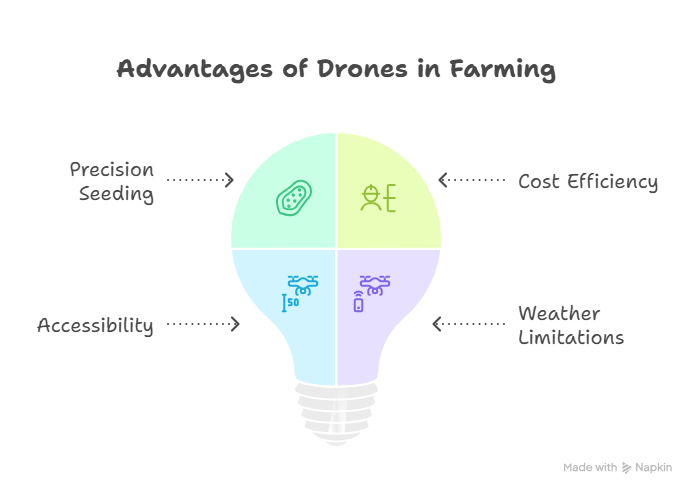
What are some of the benefits of Drone Seeding and Spraying?
Not only do Aerial Seeding Drone Services provide speed and accuracy, but they also protect the soil. The ability to plant seeds when the ground conditions are not suitable for the use of terrestrial vehicles makes drones especially valuable for reforestation projects, pasture regeneration, and cover cropping.
Moreover, drones are for Aerial Spraying, which applies nutrients or protective treatments to uniform levels in the field. Consistent application leads to the elimination of chemical usage, a decrease in costs, and a reduced environmental impact. When combined with seeding, spraying makes drones like that one tool capable of complete crop management.
Are Drones Really Economical?
Q: Are drone services economically viable for both small and large farms?
A: Well, that depends on how one looks at it. Drone technology is considered cost-effective because it eliminates fuel costs, large machinery, and labour teams. There is a cost to set up these machines, but in the long run, the savings in time and increased crop yield make it worthwhile even for small-scale farmers, not to mention for large-scale agricultural operations.
Q: Do drones increase productivity?
A: Yes; they help to speed up planting and treatment cycles, which leads to healthier crops and improved yields. Drones provide a productivity benefit and potential cost savings.
Q: Do drones enhance sustainable farming methods
A: Yes. Drones reduce chemical inputs and soil disturbances, which are sound agricultural practices that promote eco-friendly practices to preserve agricultural land for future generations.
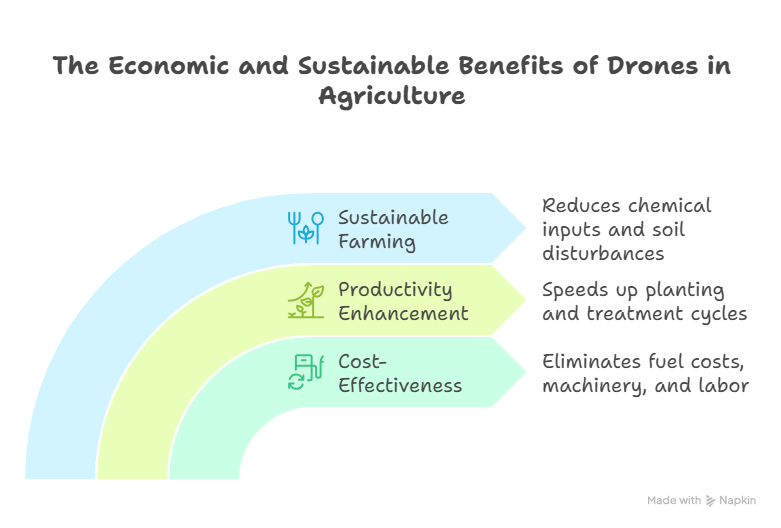
Conclusion
Future agricultural challenges (increasing labour shortages and difficult topography) have made the use of Aerial Seeding Drone Services vital and expected to be the future of agriculture in New Zealand. Drones provide farmers with the precision, efficiency, and cost-effectiveness to help them remain sustainable and productive. More than a tool of convenience, drone technology represents a greener and advanced farming method.
Agri Drone Specialists offers drone seeding and spraying services tailored to New Zealand’s diverse landforms. For example, for RPM and importing natives for revegetation, regenerating pastures, reforestation, and managing other crops, we can help you achieve better results using drones.

